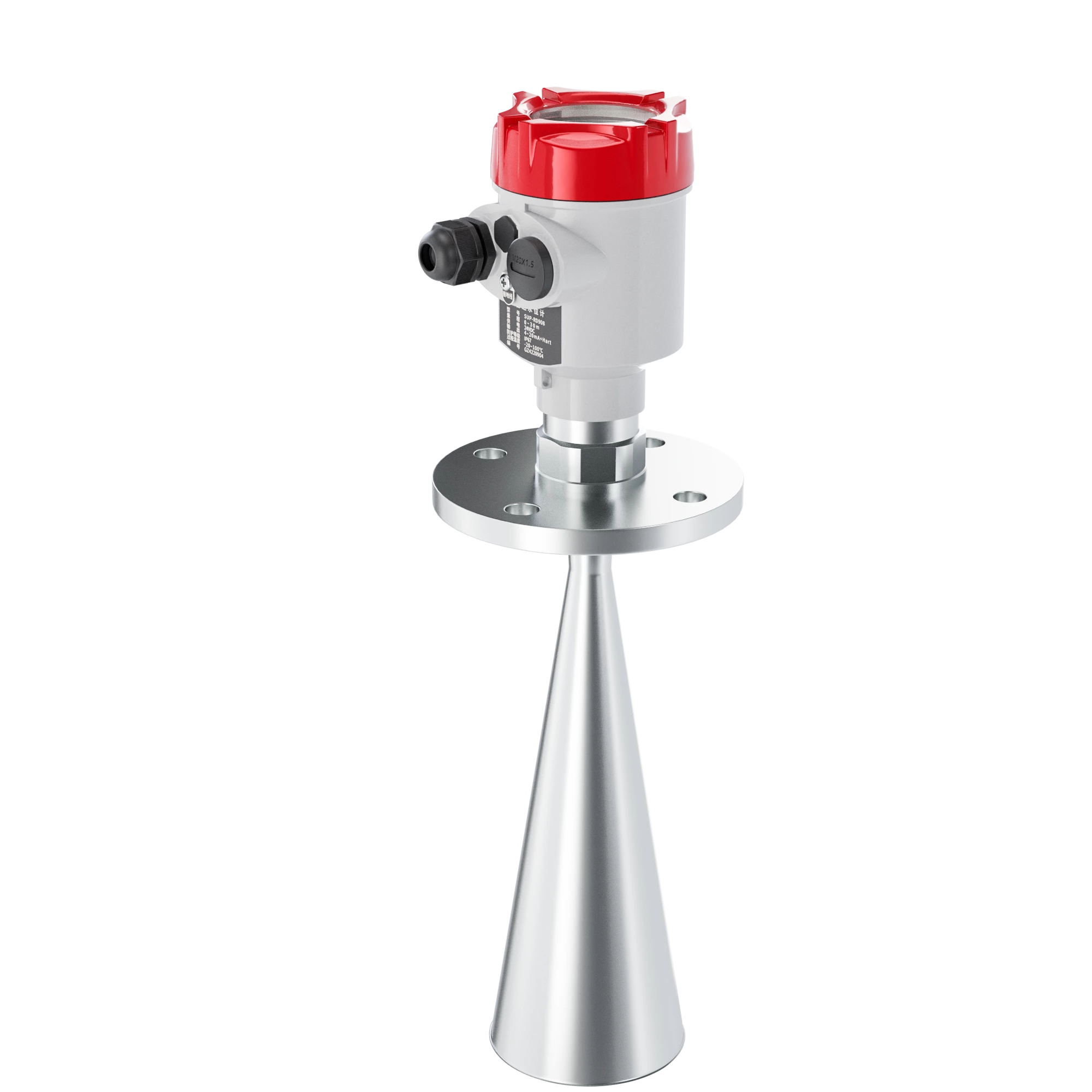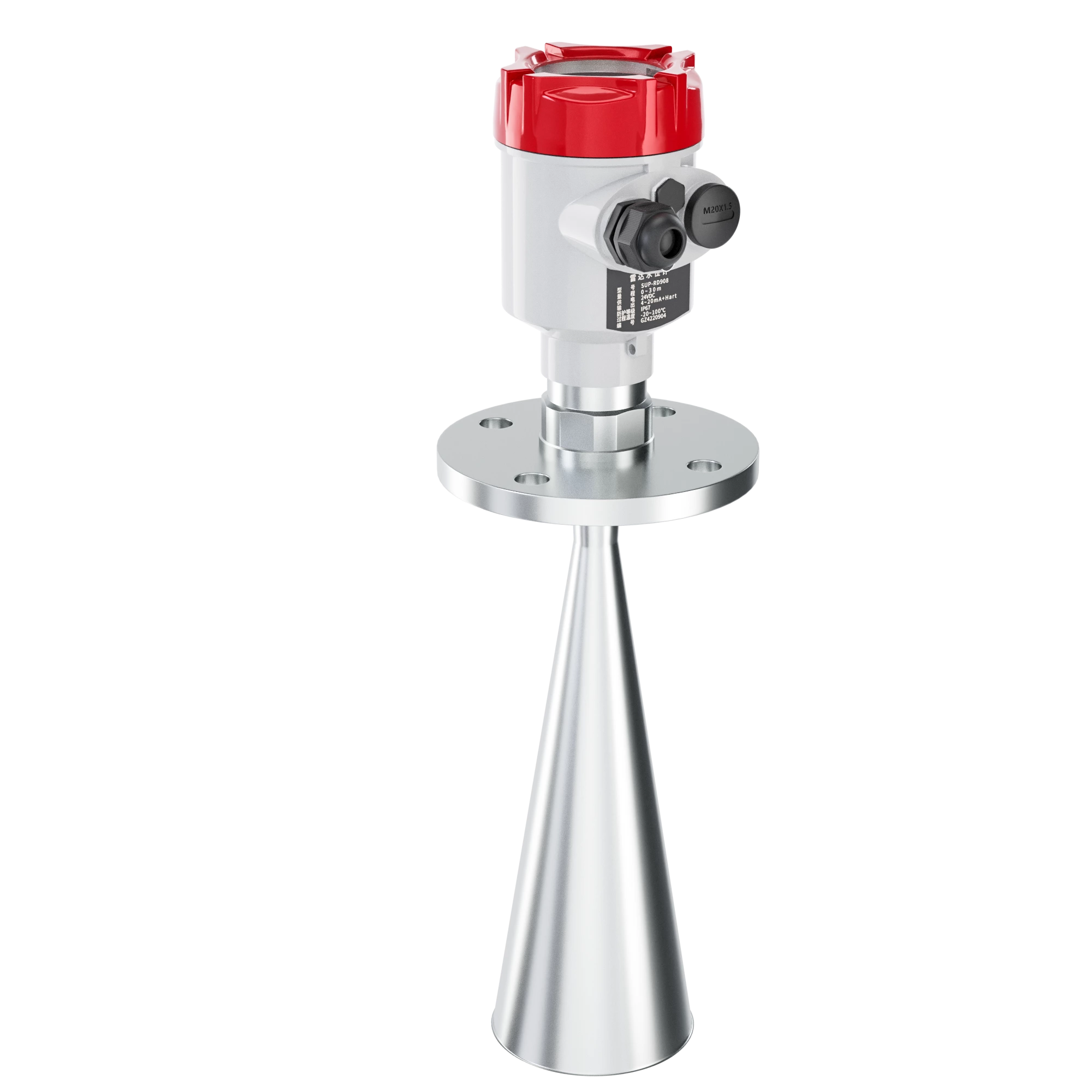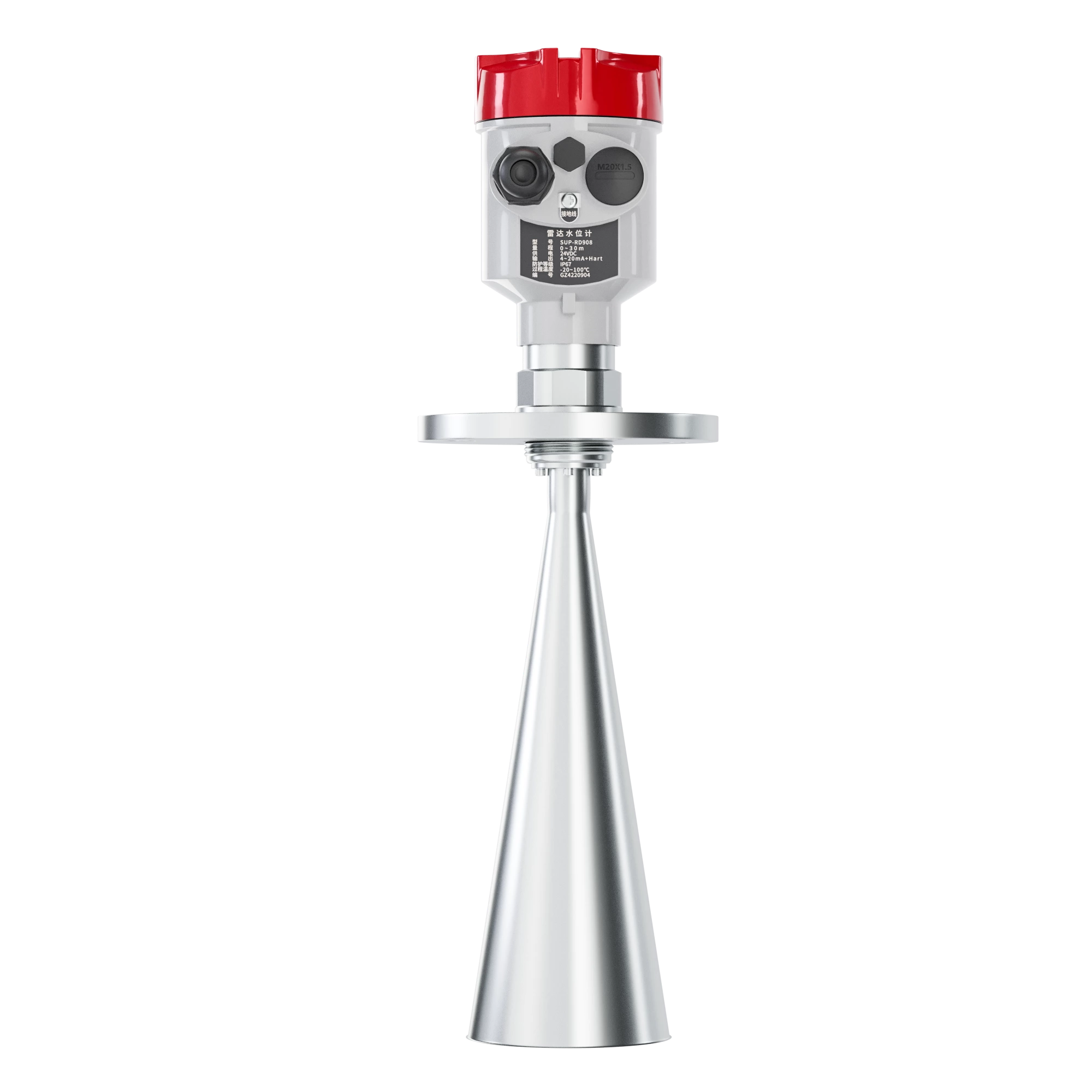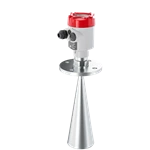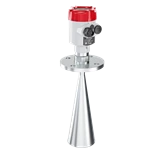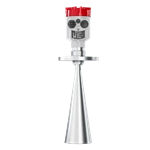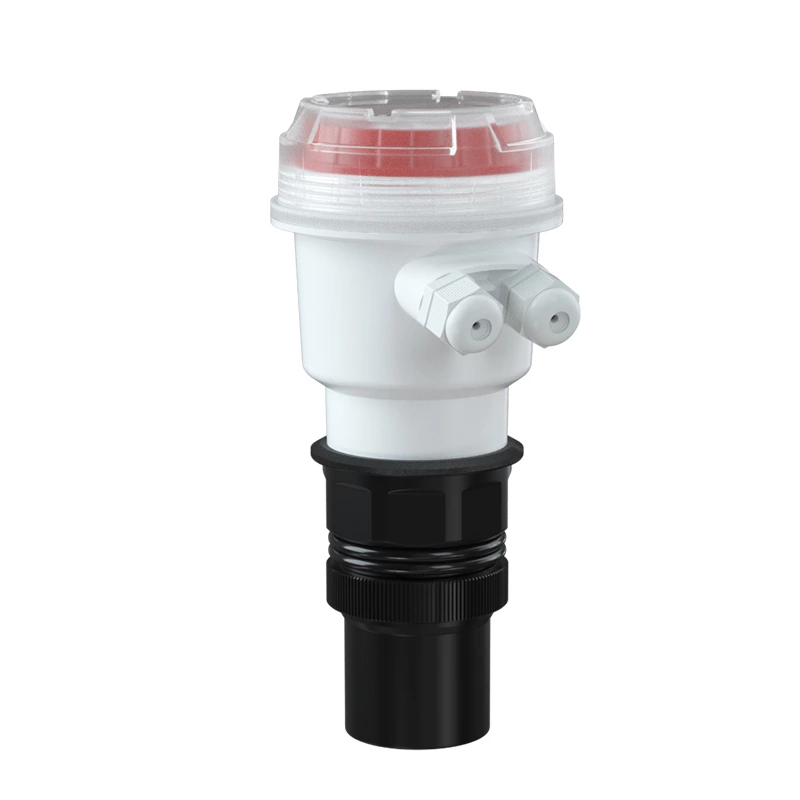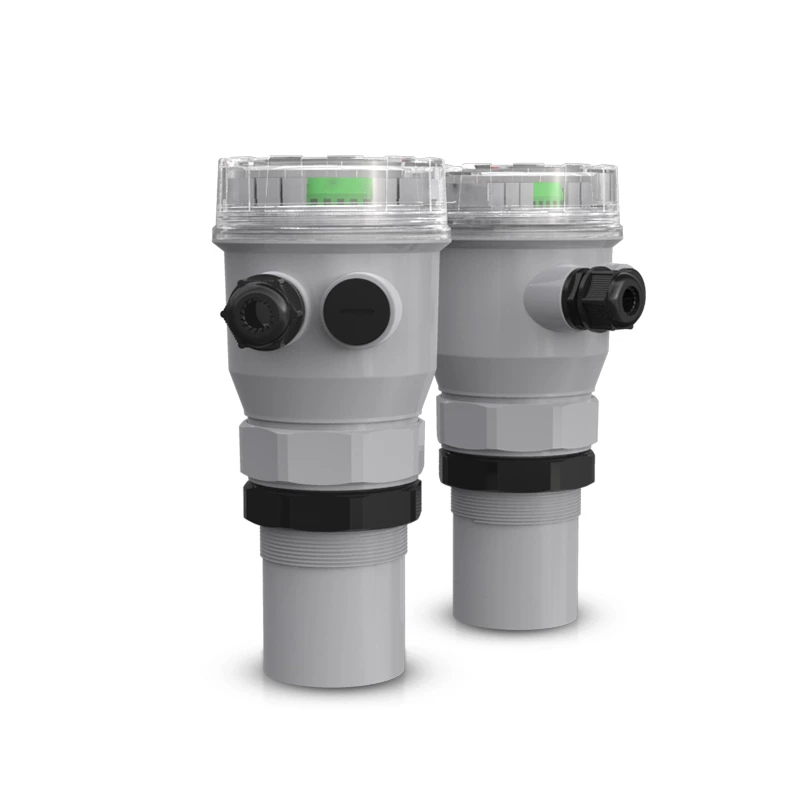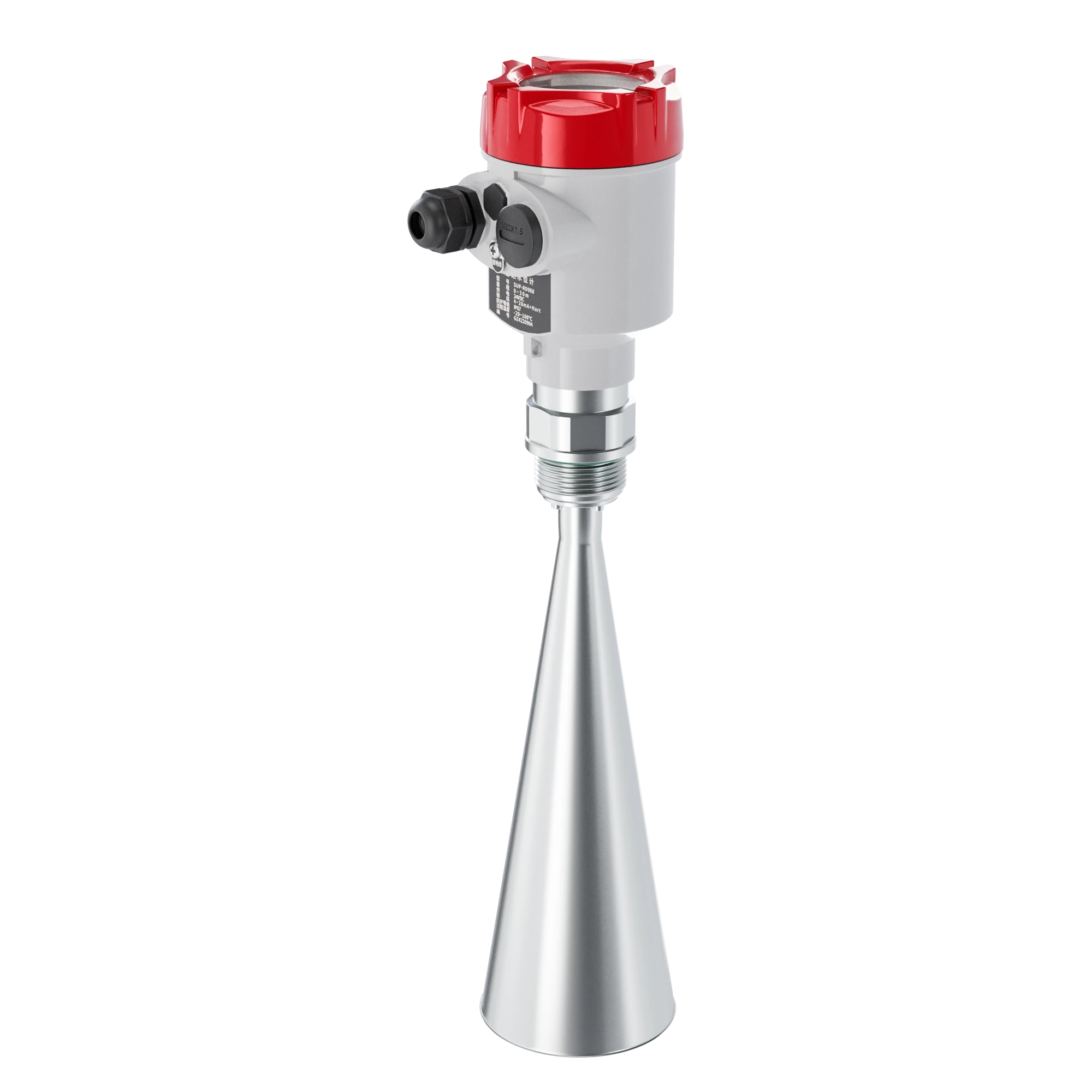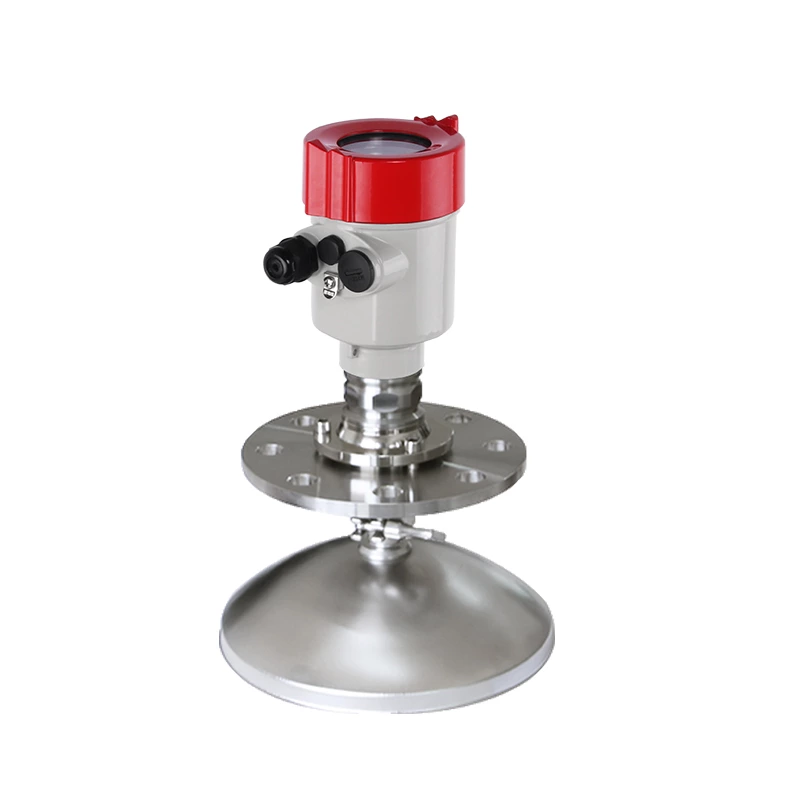-
Product Details
The SUP-RD905 radar level meter is an advanced device used to measure the level of liquids or solids in a container. It uses radar technology to measure the distance between the device and the surface of the material in the container. The radar sends out a microwave signal that reflects off the material and returns to the device. The device then calculates the time it took for the signal to return and uses this to determine the distance between the device and the material.
Radar level meters are particularly useful in industries such as oil and gas, chemical processing, and wastewater treatment, where accurate level measurement is crucial for safety and efficiency. They can measure levels in both pressurized and non-pressurized vessels, and are unaffected by factors such as temperature, pressure, and vapor. They are also easy to install and maintain, making them a popular choice for many industries.
Overall, the radar level meter is a highly accurate and reliable device that plays a crucial role in ensuring the safe and efficient operation of various industrial processes.
-
Specification
| Product | Radar level meter |
| Model | SUP-RD905 |
| Measure range | 0-30 meters(liquid); 0-20m(solid particles); 0-15m(solid power) |
| Application | Solid particles, powder |
| Process Connection | Thread, Flange |
| Medium Temperature | (-40~130)°C (standard type) (-40~230)°C (high temperature type) |
| Process Pressure | -0.1-4.0 MPa (flat flange); -0.1 ~ 0.3 MPa (universal flange) |
| Accuracy | ±15mm |
| Ingress protection | IP67 |
| Frequency Range | 26GHz |
| Signal Output | 4-20mA (Two-wire/Four) |
| RS485/Modbus | |
| Power supply | 2-wire (DC24V)/ 4-wire (DC24V /AC220V) |
-
Introduction
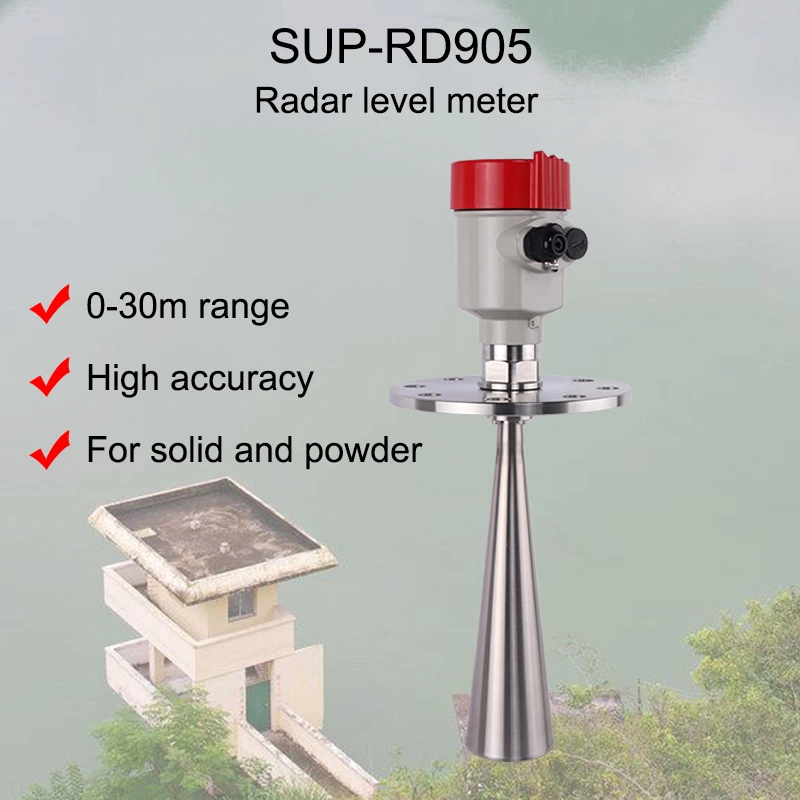
-
Product Size
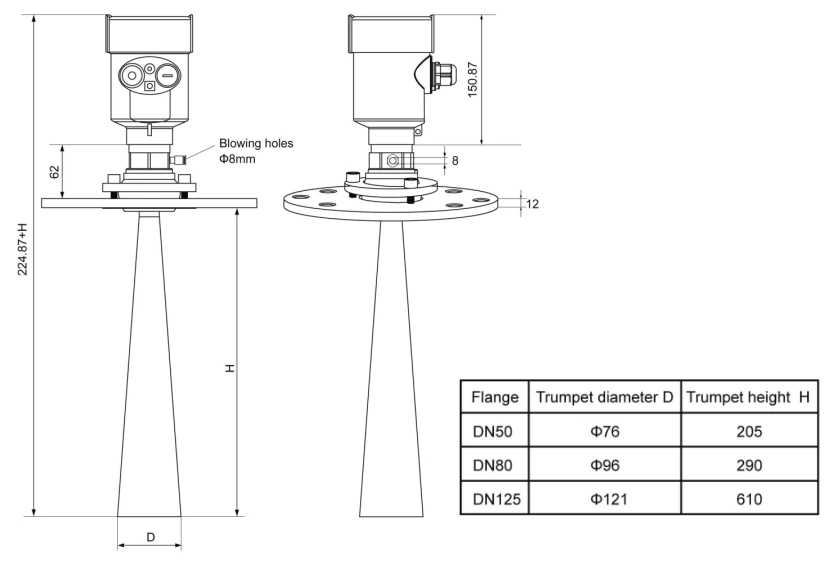
-
Installation guide
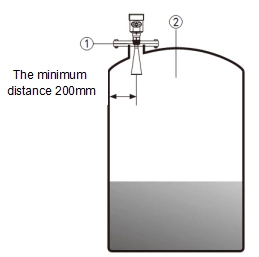 |
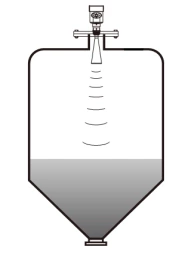 |
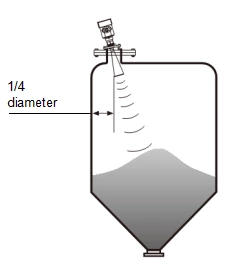 |
| Be installed in the diameter of the 1/4 or 1/6. Note: The minimum distance from the tank wall should be 200mm. Note: ① datum ②The container center or axis of symmetry | The top conical tank level, can be installed at the top of the tank is intermediate, can guarantee the measurement to the conical bottom | A feed antenna to the vertical alignment surface. If the surface is rough, stack angle must be used to adjust the angle of cardan flange of the antenna to the alignment surface. (Due to the solid surface tilt will cause the echo attenuation, even Loss of signal.) |
